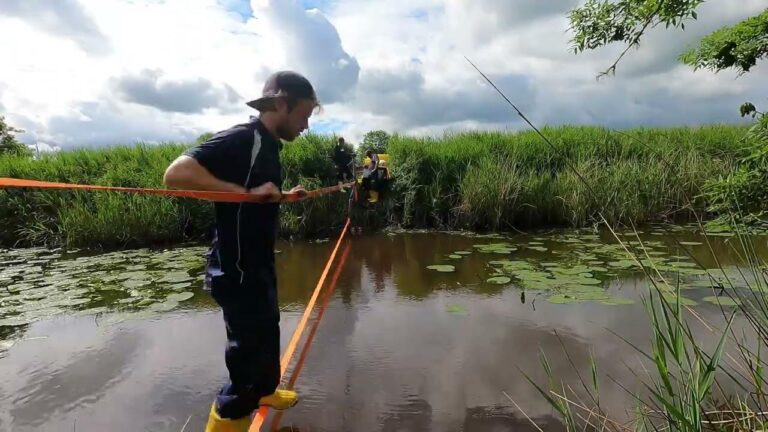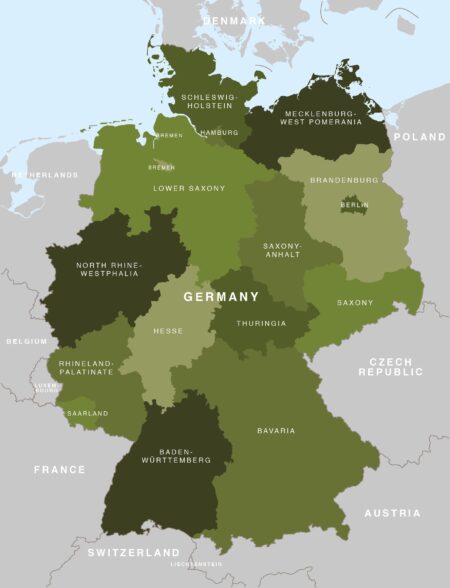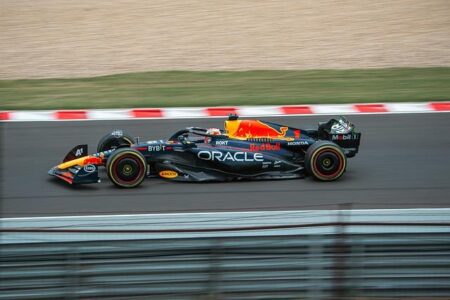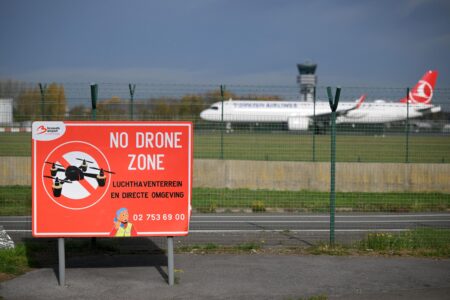Germany and Brazil, once considered emerging leaders in freshwater aquaculture, are now facing significant challenges that have caused them to lag behind global competitors. Despite abundant natural water resources and growing demand for sustainable fish production, both countries are struggling to keep pace with innovations and investments seen elsewhere. This slowdown raises critical questions about the future of freshwater fish farming in two of the world’s most important food-producing nations.
Germany and Brazil Struggle to Keep Pace in Freshwater Aquaculture Expansion
Despite their long histories in aquaculture, both Germany and Brazil are currently facing significant challenges in expanding their freshwater fish production. Several factors contribute to this slowdown, including stringent environmental regulations, limited investment in technological innovation, and competition from more aggressive producers in Asia and North America. Analysts highlight that infrastructure limitations and bureaucratic hurdles have also impeded the scalability of operations, making it difficult for smaller farms to compete on a global scale.
Data from recent industry reports reveal the following roadblocks these nations confront:
- Germany: High compliance costs with EU environmental directives and water use permits restrict farm expansion.
- Brazil: Inconsistent policy enforcement and logistical challenges in remote fish farming regions.
- Both Countries: Limited access to advanced breeding programs and low adoption of automation technologies.
| Country | Annual Freshwater Aquaculture Growth (%) | Main Challenge |
|---|---|---|
| Germany | 1.8 | Regulatory Constraints |
| Brazil | 2.3 | Infrastructure Gaps |
| Global Average | 6.5 | Technological Advancement |
Challenges in Infrastructure and Regulatory Framework Undermine Growth Prospects
Both Germany and Brazil struggle with outdated infrastructure that fails to support the scaling demands of freshwater aquaculture. In many regions, limited access to reliable water management systems and modern processing facilities significantly hampers production efficiency. Farms often contend with insufficient transportation networks, resulting in higher costs and delays in getting fresh products to market. Additionally, restrictive land use policies constrain expansion opportunities, forcing many producers to operate below capacity or seek costly alternatives.
Regulatory hurdles further complicate growth prospects for aquaculture in these countries. Complex licensing procedures, inconsistent environmental standards, and fragmented oversight create an unpredictable business environment. Producers face lengthy approval times and burdensome compliance requirements, which discourage investment and innovation. Below is a summary of key infrastructural and regulatory challenges impacting freshwater aquaculture in both nations:
| Challenge Area | Germany | Brazil |
|---|---|---|
| Infrastructure | Limited modern hatcheries; aging water control systems | Inadequate cold chain; poor rural road access |
| Regulations | Complex multi-tier permitting processes | Lack of uniform environmental enforcement |
| Market Access | High logistics costs within EU markets | Export restrictions and inconsistent standards |
- Limited public investment in aquaculture-specific infrastructure stifles technological advancement.
- Regulatory fragmentation leads to confusion among producers and delays new project starts.
- Environmental concerns prompt cautious policy-making, but often at the expense of sector competitiveness.
Experts Call for Strategic Investment and Policy Reforms to Boost Freshwater Fish Farming
Industry leaders and environmental analysts emphasize that without increased strategic investments and comprehensive policy reforms, the freshwater aquaculture sectors in Germany and Brazil will continue to lag behind global competitors. Experts warn that stagnant innovation and limited financial support hinder advancements in sustainable fish farming technologies, causing both nations to miss critical opportunities in meeting rising domestic and international seafood demands. Measures such as enhancing infrastructure, improving feed efficiency, and adopting eco-friendly production methods are crucial steps to ensure long-term viability and competitiveness in the marketplace.
Policy makers are urged to focus on targeted initiatives that promote transparency, regulatory streamlining, and stronger collaboration between public institutions and private enterprises. Among the key recommendations are:
- Subsidies for small and medium-scale freshwater farmers to boost capacity and technology adoption.
- Incentives for research and development aimed at sustainable aquaculture practices.
- Clear environmental guidelines that balance productivity with ecosystem preservation.
These measures, if implemented effectively, could not only revitalize domestic production but also position Germany and Brazil as leaders in the global freshwater fish farming industry.
| Key Challenges | Recommended Actions |
|---|---|
| Outdated Farming Techniques | Increase investment in modern technology |
| Regulatory Complexity | Simplify approval processes for new projects |
| Limited Funding Access | Expand financial support schemes |
| Environmental Concerns | Implement sustainable best practices |
To Conclude
As Germany and Brazil face growing challenges in freshwater aquaculture, industry experts warn that without strategic investments and policy reforms, both countries risk falling further behind global competitors. Addressing infrastructural shortcomings and embracing innovative technologies will be critical for revitalizing their sectors. The coming years will be pivotal in determining whether Germany and Brazil can reclaim their positions in an increasingly competitive and sustainability-driven market.




